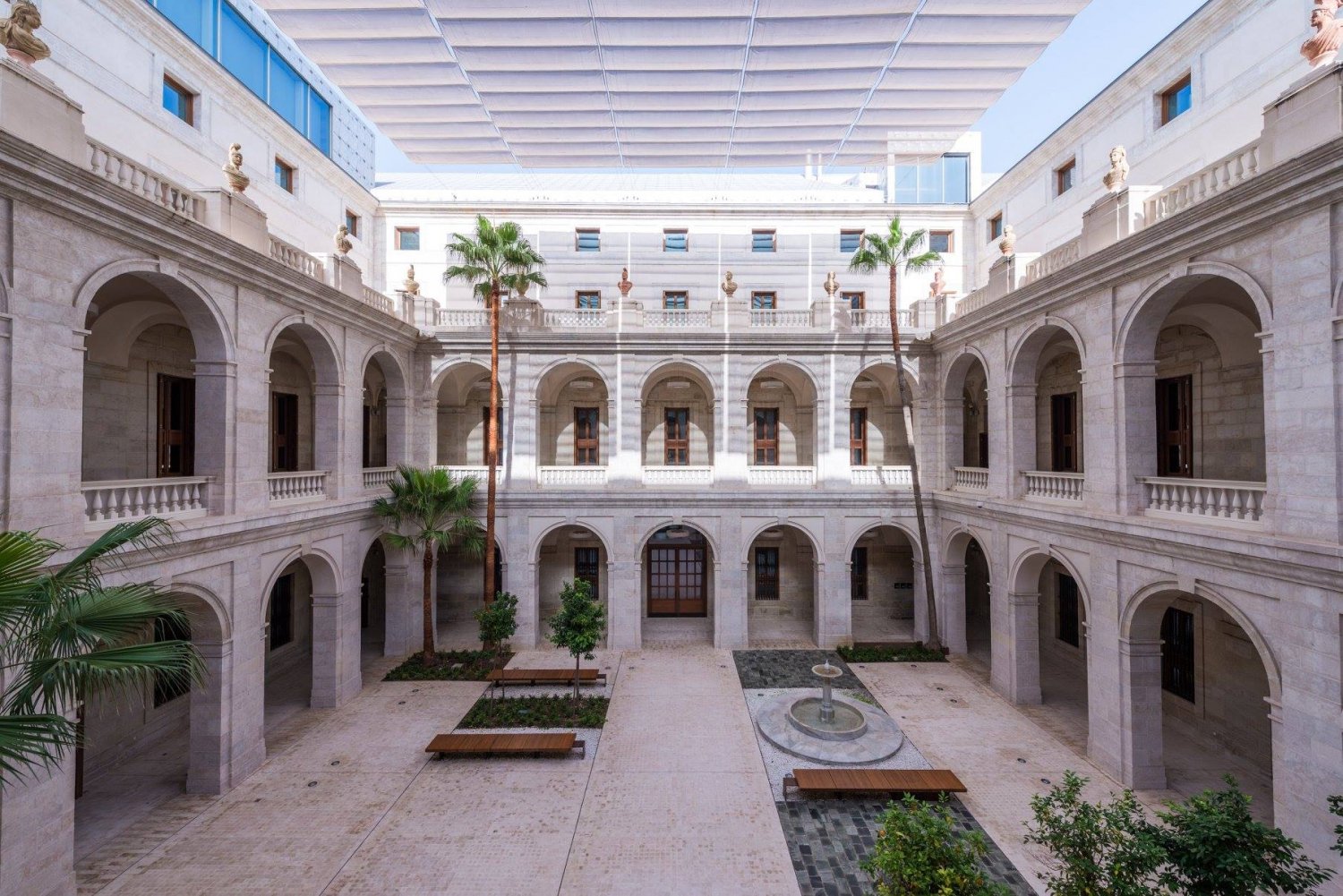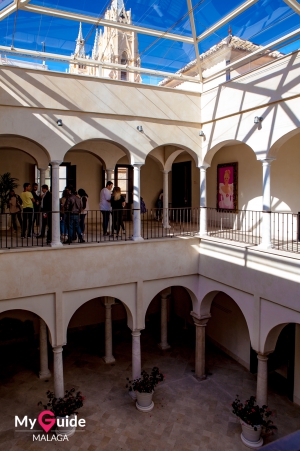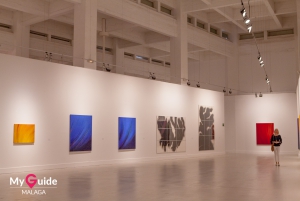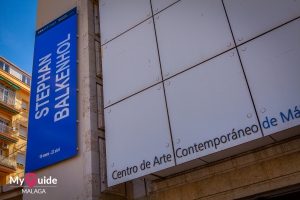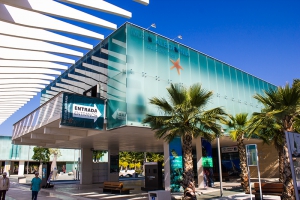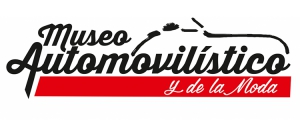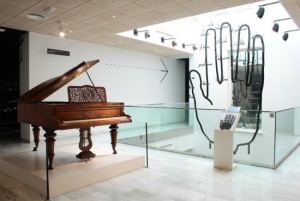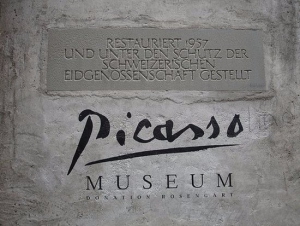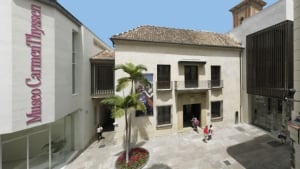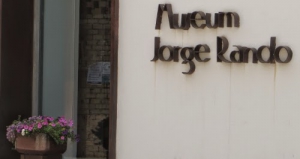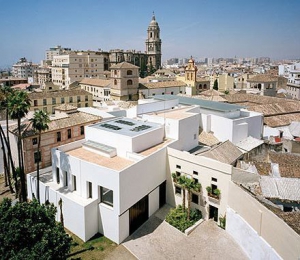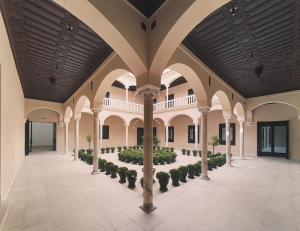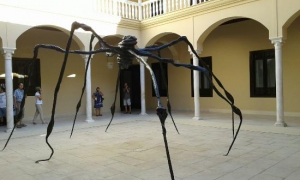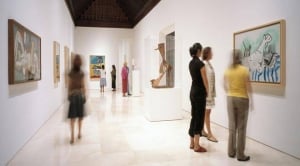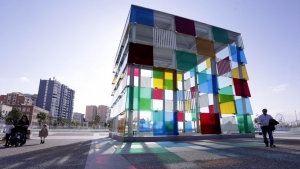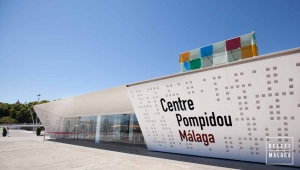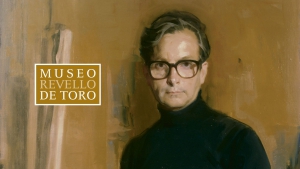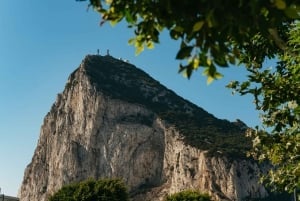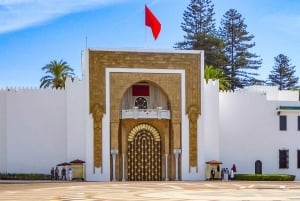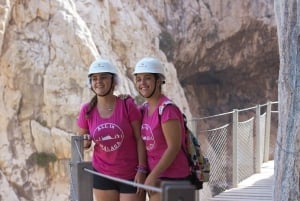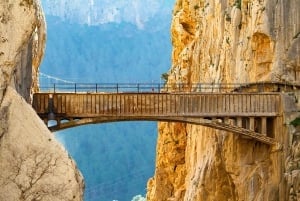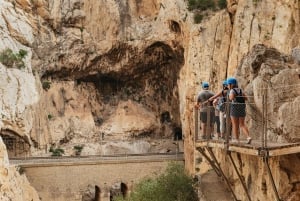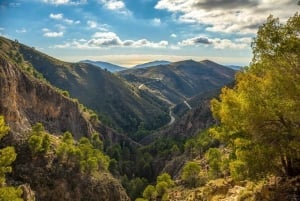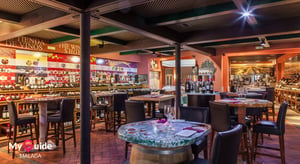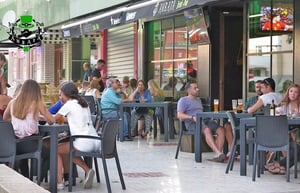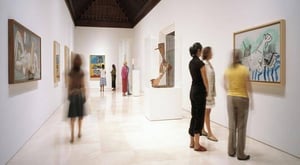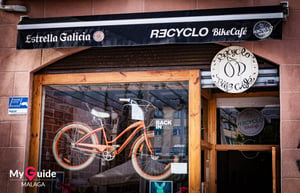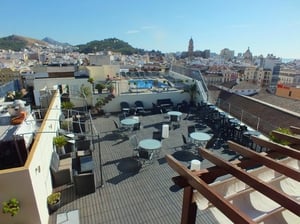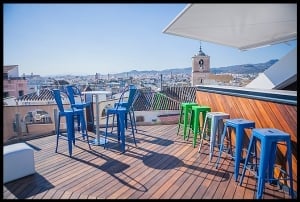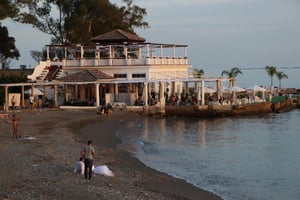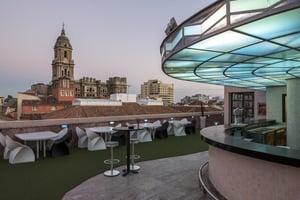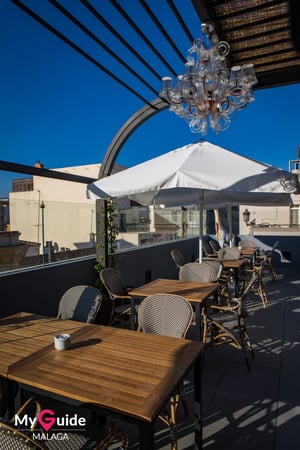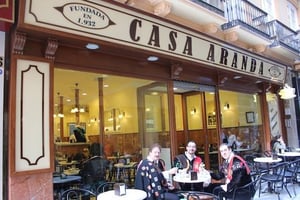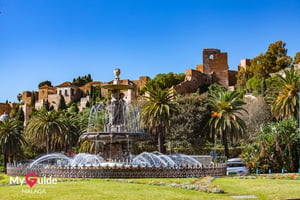The City of Museums
Dozens of museums have helped the regeneration of the city
Book Top Experiences and Tours in Malaga:
If youʻre booking your trip to Malaga last minute, we have you covered. Below are some of the top tours and experiences!- WeWhale
- Aventura Caminito Del Rey
- From Malaga: Ronda and Setenil Guided Tour Day Trip
- From Malaga and Costa del Sol: Gibraltar Tour
- From Málaga: Morocco Day Trip with Tour Guide and Lunch
At the end of this article is a very quick guide to help you navigate the riches on offer, and you can find specific information on the profiles right here on our site.
Malaga, by far from being one the largest cities in Europe, nonetheless has one of the greatest concentrations of museums of any city. Thirty seven in total. This is surprising and thanks in no small part to the public authorities who have, over the last twenty years, made a massive investment in cultural facilities that has directly impacted on the city, bringing literally tens of millions of new visitors. What was a sleepy seaside port town 25 years ago, so run down that much of the old centre looked like the city of Havana, it has been transformed into a thriving European cultural hub. Once the visitors came, the new businesses, the gastronomic innovations, the entertainment and tourist services followed. It really is amazing what you can do through museums.
Picasso himself had made clear his wish that there should be a permanent home for his work in Málaga as long ago as 1953. It took a combination of his heirs, the Junta de Andalucia and the city authorities to finally achieve its birth. It was a major investment and a complex project. A 16th Century palace had to be fully adapted and modernised, and then expanded by demolishing or adapting eighteen other properties adjoining to achieve the full complex. It opened in 2003, and receives over 400,000 visitors a year, roughly 70% of whom are foreign tourists, and the remaining 15% being from outside of Málaga. So its ability to draw large numbers of visitors to the city is clear. The strength of Picasso as an icon, as a cultural brand almost, means that the city has been able to mine this attraction very successfully. This has not been an accident, but a deliberate piece of policy at local and regional level, to use museums to create a cultural infrastructure on an internationally credible level, with the aim of making Málaga a world-class destination. It is only too clear that the economic model of sun, sea and sand, and the kind of development necessary to go with it is neither sustainable or desireable for the future of such a city.
Most of the museums in Málaga have been built, or fully renovated, since the millenium. In April 2017 the city authorities branded Málaga, 'The City of Museums'. It is a central plank of the cultural and economic promotion of the city. Málaga receives 81 visits to museums per 100 hotel nights booked, nearly three times that of Barcelona, and 60% more than even Madrid. In terms of local inhabitants it is second only to Barcelona in visits per head of population. And that only because the Barcelona FC museum is the most visited in the country. Five of the top ten most visited museums in Spain are in Málaga. Overall Málaga receives 1,8 million museum visits a year, which is actually far less than Madrid at 9 million and Barcelona at 6.2 million, much of that accounted for by the football club and Gaudi's Sagrada Familia. It is the proportion of locals and visitors that use the museums that proves how essential they are to the tourism and life of the city.
While the riches of the museums are largely due to the publicly funded structures, the Picasso family really made it possible by donating 233 works to form the permanent collection. The Carmen Thyssen Museum's permanent collection is also privately owned by the Baroness and family, although they have a much larger collection in Madrid. The automobile museum, immensely popular, is also made up of a completely private collection of exibits. It is however housed in an exhibition space in the Tabacalera that was created by a publicly funded conversion. In the same space is the Museo Ruso that brings all of its works from the Hermitage national museum of Russia, the biggest art gallery in the world. So Málaga hasn't had to buy much art, it's just been clever in attracting first rate collections to great buildings and a willing public.
What to see where...
For painting and visual art:
The Picasso Museum. The master of 20th century innovation is honoured here in a fantastic permanent collection of his work.
The Carmen Thyssen Museum. Features lyrical and impressionist 19th Century work by Spanish artists, plus excellent temporary exhibitions.
The CAC. Málaga's splendid contemporary gallery with constantly changing international artists and a small permanent collection.
The Pompidou Centre. This space receives exhibits of all kinds of visual arts from the parent Pompidou in Paris
Museo Ruso. A large and rich collection, changing annually, of Russian work loaned from St. Petersburg.
Museo Revello de Toro. renowned Málaga portrait artist, paints delightful and sensitive portraits.
Museo Jorge Rando. another Málaga artist features in this interactive museum full of fascinating figurative and expressionistic works.
Municipal Museum of Málaga. houses many works by local artists through time, plus much local history.
Birthplace of Picasso Museum. small changing exhibitions of Picasso related themes.
Heritage and history:
Museum of Málaga. Recently opened collection of archeological, decorative and cultural heritage of the city.
Museum of Arts and Customs. A glimpse into the real life of Malaga through small rooms set up as time capsules of a life once lived.
Interpretation Centre of the Roman Theatre. A small museum in the Roman Theatre.
Thematic museums:
The Wine Museum. Tastings and exhibits of production of Málaga wines.
The Glass Museum. A delightful and unique private collection of all manner of glassware and decor.
Museo Taurino. A museum dedicated to bullfighting and the history of the Málaga bullring.
Automobile museum. An awesome private collection of classic motors and fashion of different epochs.
Museo Alborania. An interactive educational museum about the ecology and life of Málaga's sea, the Alboran.
Museo Interactivo de Música. A fully interactive museum of music and instruments.
Aeronautical museum. A collection of aircraft and exhibits at the airport, all about flight.


